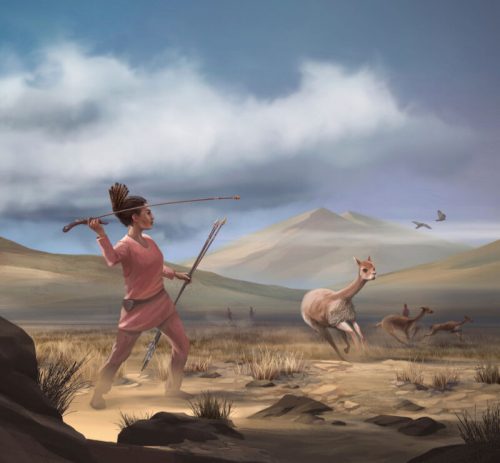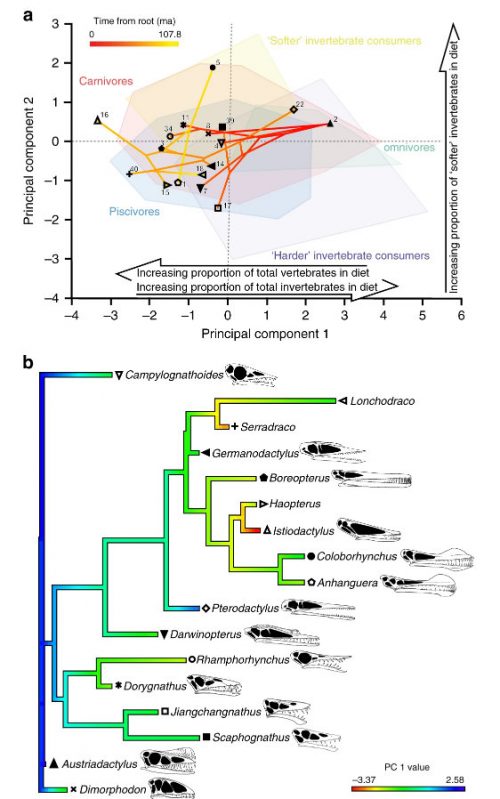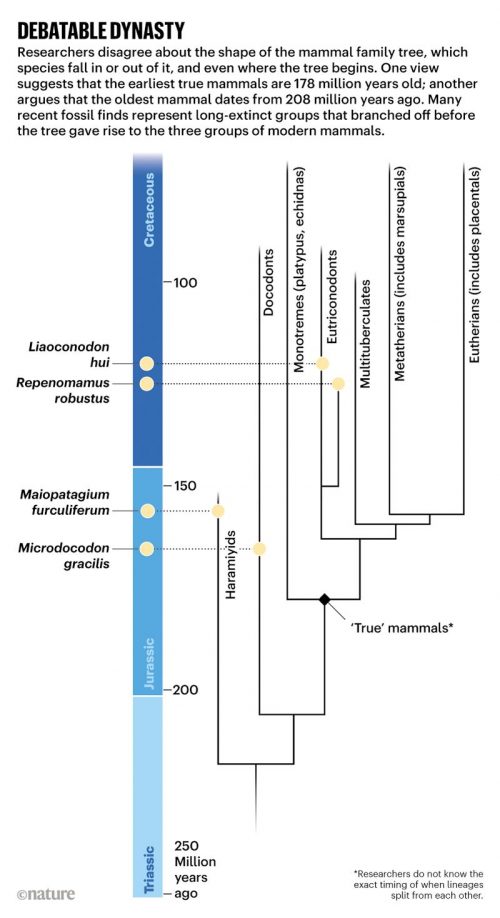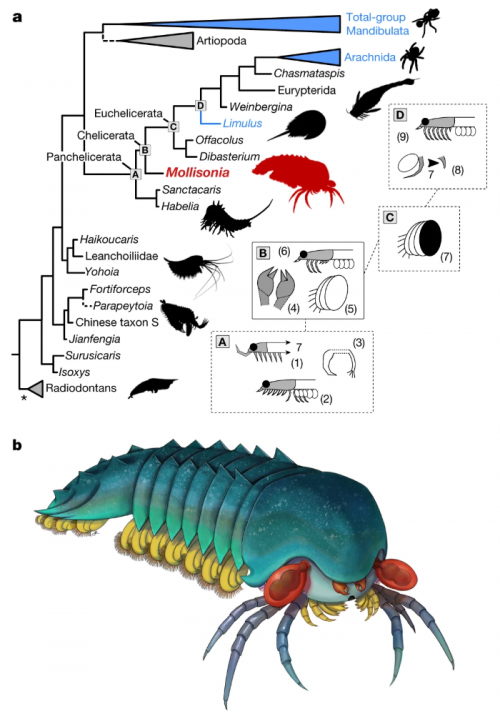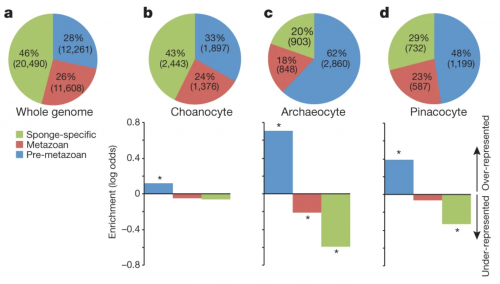I’m still going to criticize it, though.
For years, anthropologists and evolutionary biologists have struggled to explain the existence of menopause, a life stage that humans do not share with our primate relatives. Why would it be beneficial for females to stop being able to have children with decades still left to live?
According to a study published today in the journal Proceedings of the Royal Society B, the answer is grandmothers. “Grandmothering was the initial step toward making us who we are,” says senior author Kristen Hawkes, an anthropologist at the University of Utah. In 1997 Hawkes proposed the “grandmother hypothesis,” a theory that explains menopause by citing the under-appreciated evolutionary value of grandmothering. Hawkes says that grandmothering helped us to develop “a whole array of social capacities that are then the foundation for the evolution of other distinctly human traits, including pair bonding, bigger brains, learning new skills and our tendency for cooperation.”
I guess I’m personally inclined to appreciate the importance of grandmothers, having had a pair of good ones myself, and seeing how much time my wife invests in our granddaughter, but I’m less impressed with the study, which is based entirely on a computer simulation. I don’t trust simulations of complex phenomenon that necessarily have to simplify all the parameters. What about aunts and sisters? What about uncles?
What about the grandfathers?
None of those individuals are of interest, because this version of the hypothesis is structured around explaining menopause as the product of selection. Nope, I don’t buy it.
But why would females evolve to only ovulate for 40 or so years into these longer lives? Hawkes and other advocates of the hypothesis note that, without menopause, older women would simply continue to mother children, instead of acting as grandmothers. All children would still be entirely dependent on their mothers for survival, so once older mothers died, many young offspring would likely die too. From an evolutionary perspective, it makes more sense for older females to increase the group’s overall offspring survival rate instead of spending more energy on producing their own.
I’m willing to accept the benefit of an extended family and social cooperation, but the effort to justify menopause seems misplaced. There are many grandmothers who are not menopausal, and there would have been even more in ancient populations, where pregnancy shortly after the onset of menstruation would have been common. It also doesn’t explain the contributions of sisters and aunts to childrearing, or that brothers and sisters, who are also “distractions” from the business of raising a single delicate child. Why couldn’t it benefit a woman to raise her own child born late and also contribute to the well-being of grandchildren born to previous offspring? I suspect the simulation has assumptions built into the code about how much grandparental investment can be offered if they also have a child.
But, yeah, what about the grandfathers?
We help, too. So why isn’t there a male menopause where our testicles shrivel up and make us more willing to contribute to child-rearing? A man has a certain number of progeny, then boom, the reproductive urge goes away and he has to sit down and focus on taking care of the kids he’s got. Or his grandchildren. Or his nieces and nephews. That would be the logical endpoint of this arch-selectionist model, after all, and what’s good for the goose is good for the gander.
Yet somehow people feel compelled to come up with adaptationist explanations for accidents of evolutionary history.



